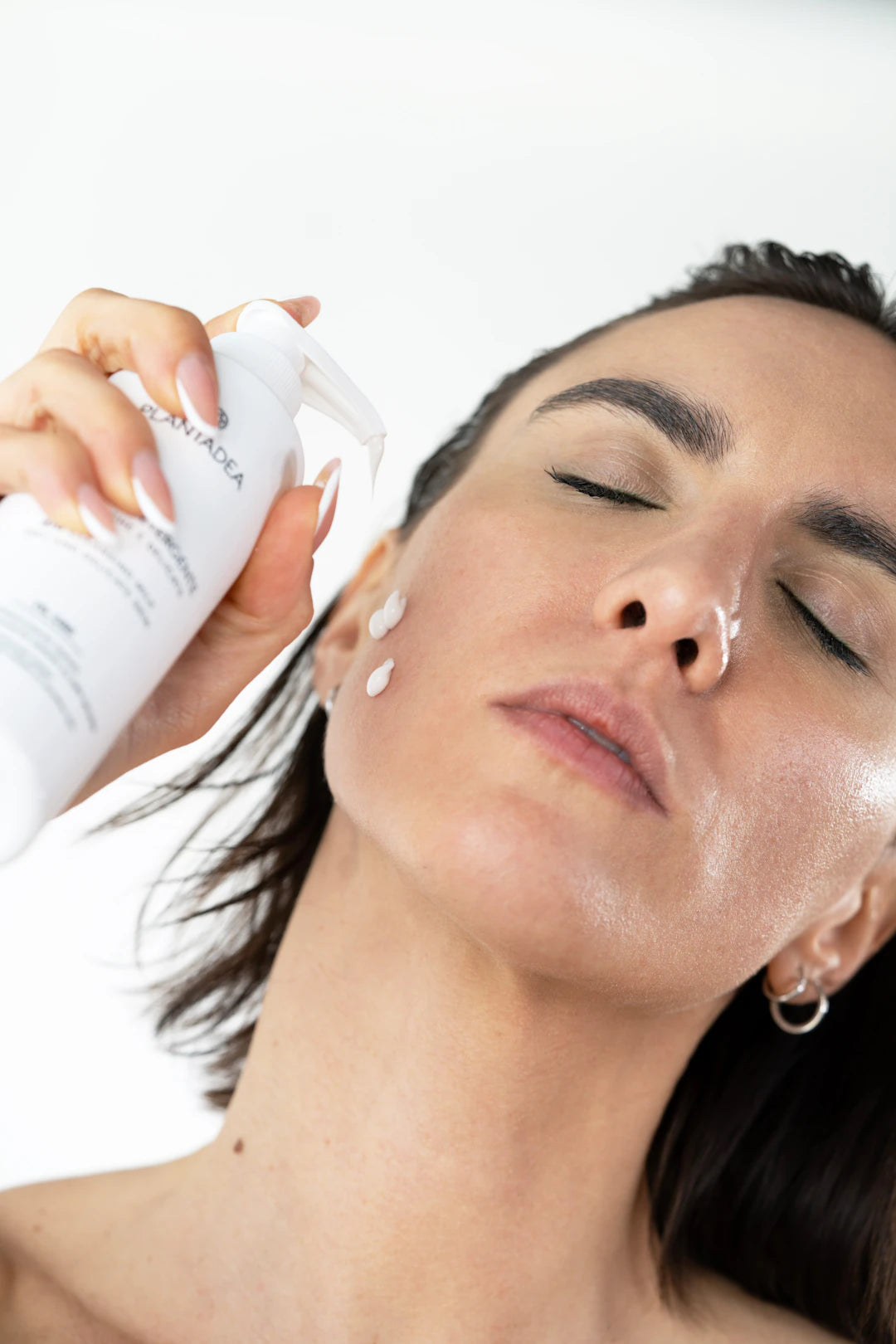Decoding Skincare Ingredients: Your Ultimate Guide

Frequently Asked Questions
1. Why is it important to read skincare labels?
2. What are active ingredients in skincare?
3. How can I identify my skin type for choosing skincare products?
4. What common myths about skincare should I be aware of?
5. What steps should I take to safely experiment with new skincare products?
Skincare has become a crucial part of our daily routines, and understanding the ingredients in our favorite products is more important than ever. With numerous options available, ranging from serums to moisturizers, knowing what to look for can make a significant difference in your skin health and appearance. This article aims to guide you through the complex world of skincare ingredients, helping you make informed choices for your skin type and needs.
The Importance of Reading Skincare Labels
When you pick up a skincare product, the ingredient list tends to be an afterthought. However, understanding this list is essential for several reasons:
- Ingredient Efficacy: Knowing the role of each ingredient can help you choose products that are effective for your specific skincare concerns.
- Allergen Awareness: Identifying potential allergens can prevent adverse reactions.
- Formulation Knowledge: Understanding how ingredients work together can enhance your skincare routine.
With the growing trend of DIY skincare, many individuals are curious about how to effectively use ingredients like a chemical peel at home. Before diving into DIY recipes, let’s first explore what to search for in ingredient labels.
Breaking Down the Ingredients List
Ingredient lists can seem daunting, but they are often divided into categories. Let’s break them down to make it easier for you:
Active Ingredients
Active ingredients are the stars of any skincare formula. These components are responsible for delivering visible results. When examining the ingredients list, here are some common active ingredients you might encounter:
- Retinoids: Known for their antiaging benefits, retinoids promote cell turnover and improve skin texture.
- Vitamin C: This potent antioxidant brightens the skin and fights free radicals.
- Hyaluronic Acid: Renowned for its hydrating properties, it holds moisture and plumps the skin.
- Salicylic Acid: An excellent option for acne-prone skin; it clears out pores and reduces inflammation.
- Lactic Acid: Mildly exfoliating, it's perfect for maintaining a smooth complexion.
Inactive Ingredients
Inactive ingredients are necessary for product stability and application but do not directly affect skin health. These may include:
- Preservatives: Keep products fresh and effective. Look for paraben-free options if you're concerned about chemicals.
- Emollients: Ingredients like dimethicone and glycerin serve to moisturize and soften the skin.
- Fragrance: While fragrances make products smell pleasant, they can be irritants; look for fragrance-free options if you have sensitive skin.
Understanding How Ingredients Work Together
The effectiveness of a skincare product depends not only on the individual ingredients but also on how they work in synergy. Here are some common combinations to look for:
Hydration and Exfoliation
Hydration can enhance the effects of exfoliation. For instance, using a chemical peel at home with hyaluronic acid can help in maintaining moisture while sloughing off dead skin cells.
Antioxidants and Sun Protection
Antioxidants like Vitamin C can boost your sun protection measures when paired with broad-spectrum SPF. Always apply Vitamin C serums in the morning beneath your sunscreen for maximum efficacy.
Identifying Your Skin Type
Before purchasing any product, it’s vital to know your skin type. Here’s a quick guide:
- Oily Skin: May benefit from lightweight gels and oil-free products; look for salicylic acid and niacinamide.
- Dry Skin: Requires nourishing ingredients; opt for creams rich in hyaluronic acid and ceramides.
- Combination Skin: Balancing products work best; focus on gentle exfoliants and fluids.
- Sensitive Skin: Look for soothing ingredients like aloe vera or chamomile, avoiding heavy fragrances.
Common Skincare Myths Debunked
With so much information available, it's easy to fall prey to myths. Let's bust a few common misconceptions:
Myth 1: Natural Ingredients Are Always Better
While natural ingredients can be beneficial, they are not always gentler or more effective than synthetics. It's essential to focus on evidence-based efficacy rather than marketing buzzwords.
Myth 2: More Active Ingredients Mean Better Results
Overloading your skin with too many active ingredients can lead to irritation. More isn't always better; sometimes, simplicity is key.
How to Safely Experiment with New Ingredients
If you’re eager to try new skincare products or even start a chemical peel at home, here’s a safe approach:
- Patch Test: Apply a small amount of the product on your wrist to see if there’s an adverse reaction.
- Introduce Slowly: Start using one new product at a time. This allows you to monitor how your skin reacts over time.
- Stay Informed: Research ingredients and consult a dermatologist for personalized advice.
Paving Your Path to Radiant Skin
Understanding the ingredients in your skincare products is essential to achieving healthy, vibrant skin. By educating yourself on how to read labels, what each ingredient does, and how they interact, you'll be better prepared to make choices that suit your personal skincare needs. Whether you're tackling antiaging concerns or exploring DIY methods like a chemical peel at home, knowledge is power in the world of skincare. So, roll up your sleeves and become your skin’s best advocate!
Keep experimenting and embrace the journey to glorious skin, one ingredient at a time. Your skincare routine is a personal story, and with the right ingredients, you can write an epic tale of beauty and health.
Linked Product
Chemical Peel
Chemical peels are designed to help exfoliate the skin, promoting a smoother and more even complexion. By utilizing a combination of salicylic and glycolic acid, these pads can assist in reducing the appearance of blemishes and fine lines. Understanding how to incorporate chemical peels into your skincare routine can enhance your overall results and contribute to healthier skin.
View Product

